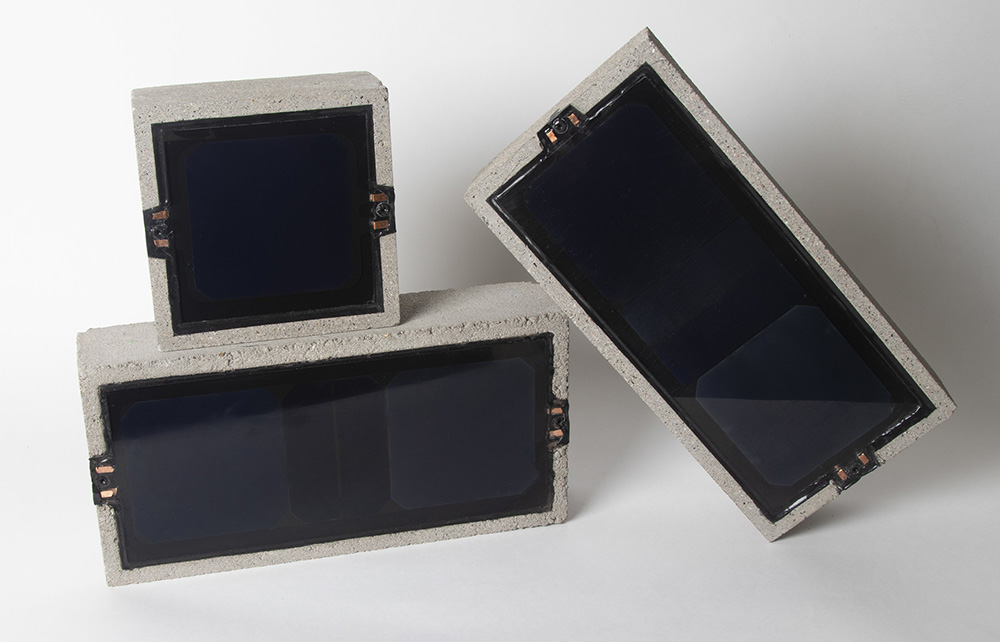News: Green Buildings
Posted: October 25, 2012
Why is everyone talking about removing phosphorus from stormwater?
Phosphorus is a naturally occurring element: it is the second most common mineral in the human body and the 11th most common element in the earth’s crust. So why are Boston and Cambridge requiring building projects to treat and remove phosphorus from stormwater runoff? Along with 33 other communities, Cambridge and Boston fall within the Charles River Watershed, where stormwater that contains high phosphorus levels is a chief contributor to algae blooms. These algae blooms contain toxic Cyanobacteria, which can result in skin and tissue irritations, as well as liver and nervous system damage if ingested; the algae also reduces water clarity and oxygen levels in the water, thus making the habitat less healthy for fish. Due to the link between high phosphorus levels and algae growth, in 2007 the EPA and the Massachusetts Department of Environmental Protection (MassDEP) announced new goals to reduce harmful levels of the phosphorus from entering the Lower Basin of the Charles River through stormwater. By setting a Total Maximum Daily Load (TMDL) that sets discharge limitations and provides removal rates for pollutants like phosphorus, the EPA and MassDEP are able to make sure that each community that contributes to the problem is helping address it. To meet this goal, Boston and Cambridge are enforcing the target of 65% removal of phosphorus from stormwater. Phosphorus can enter stormwater runoff in a variety of ways: fertilizers running off landscaped areas, exhaust or oil emissions from cars, soaps from car washing, erosion and soil sediment from construction sites, and even pet waste. In a developed area such as Cambridge or Boston, which have large areas of impervious surfaces, unnaturally high levels of phosphorus are discharged into stormwater runoff that flows into the Charles River. Good housekeeping measures (e.g., street sweeping) helps reduce phosphorus in stormwater by removing the source. Once phosphorus is in stormwater, it can be found both dissolved in the water and suspended. To remove 65% of the phosphorus from stormwater runoff for a project, you must remove both suspended phosphorus, which is relatively easy, and dissolved phosphorus, which is not easy for many sites. Removal techniques include sediment removal devices such as water quality inlets, an infiltration system that recharges stormwater into the ground, filtering systems, or rainwater harvesting. Depending on your site constraints, removing the last 15% of phosphorus can be expensive to install and maintain. Responding to the new phosphorus removal requirements will impact your project and will likely add costs. Having a knowledgeable, creative, and solution-based engineer is the key to successfully and economically responding to these requirements.
Sandra Brock, PE, LEED AP BD+C, is chief engineer at Nitsch Engineering, Boston, and a member of the board of directors for USGBC Mass. Chapter and is a monthly contributing Civil Engineering author for the New England Real Estate Journal’s Green Building section.
Tags:
Green Buildings
MORE FROM Green Buildings
Bridgeport implements energy efficiency plan with utility partners and regional business council
Bridgeport, CT The flurry of economic development and urban revitalization across the city has cultivated a renewed interest in updating municipal, residential and commercial properties to be more efficient and sustainable. Since 2018, city officials have partnered

Quick Hits




